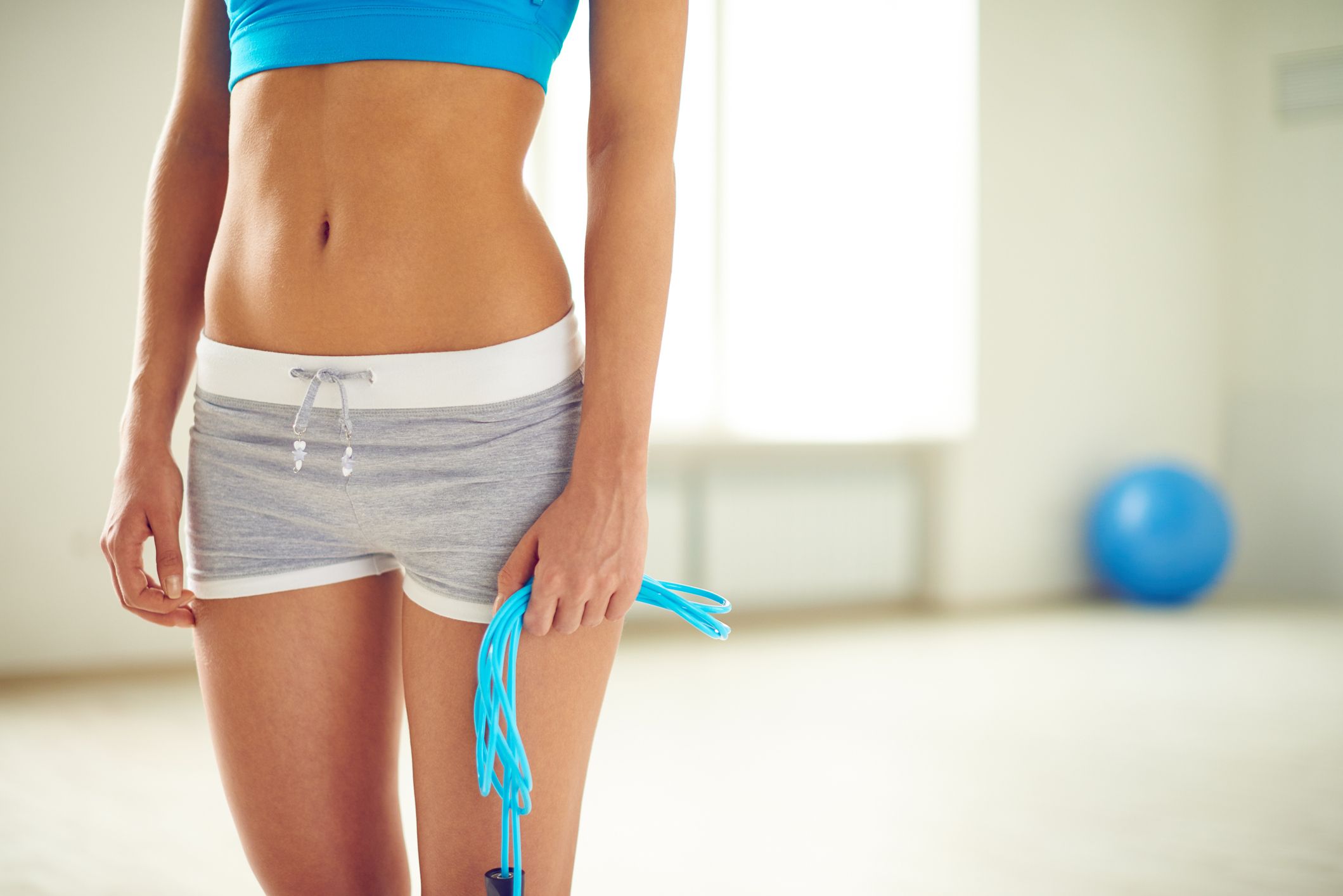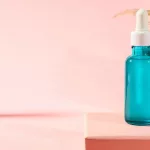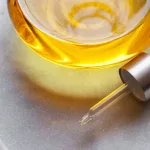Switching out synthetic materials for airy fabrics like cotton can cut down on sweating and unwanted smells. Avoiding prolonged periods in damp, sweat-soaked clothing also lowers the chance of complications.
Sweating is the body’s natural cooling system. It’s normal to perspire when you’re warm — whether from exercise, sitting in a hot car, or wearing too many layers.
Certain regions of the body, such as the underarms, tend to sweat more than others. This is often due to a dense concentration of sweat glands and hair follicles in that spot.
Your groin is similar to your armpits in this respect. It’s warm, hairy, and home to many sweat glands and bacteria.
Some people naturally perspire more than others. However, having moisture and sweat near your vaginal opening throughout the day or night can be uncomfortable and may increase the risk of yeast infections.
Below are several strategies to help keep your vaginal area dry and cool.
Try moisture-wicking underwear
Moisture-wicking fabric, long used in athletic apparel, is now available in underwear — which may be the most useful place for it.
This material draws moisture away from the skin and onto the outer surface of the fabric, helping keep the inside of the underwear drier.
Some moisture-wicking panties also include odor-neutralizing agents to help you feel fresh throughout the day.

Embrace cotton
Synthetic fibers like polyester don’t ventilate as well as natural materials. Rather than letting sweat evaporate, these fabrics can hold moisture against the skin.
Natural materials such as cotton and linen permit sweat to evaporate as intended. They act like natural sweat-absorbers.
The trade-off is that cotton can hold onto moisture longer than some synthetic wicking fabrics, so you may experience some dampness before it dries.
Choose loose, breathable clothing
Tight jeans or any snug garment around the crotch can increase local temperature.
When skin rubs against fabric, friction generates heat. Trapped heat under snug clothing leads to more sweating.
Flowing, loose-fitting pants reduce friction and allow air circulation. Try loose joggers or wide-leg palazzo styles.
Change out of sweaty clothes right away
Yeast is a fungus that flourishes in warm, damp environments. Remaining in wet underwear all day lets yeast overgrow, which can cause itching, burning, or other signs of infection.
Reduce your yeast-infection risk by swapping out of sweaty clothes as soon as you can. If you work out, pack a fresh set of clothes for after the gym.
If your underwear becomes damp during an ordinary day, switch to more breathable options or bring an extra pair with you.
If nothing else works, some people find that going without underwear allows the vulva to breathe more than cotton panties do.
Think about trimming pubic hair
Pubic hair has a role: it lessens friction from tight garments and helps direct sweat away from the skin.
Bacteria can cling to hair. In the genital area, that’s both helpful and problematic.
Some bacteria are needed to prevent yeast overgrowth, but when bacteria mix with sweat and oils on pubic hair, they can create an odor.
If you perspire heavily in that area, consider trimming the bikini line. Use grooming scissors with rounded tips to reduce the risk of nicks. Waxing or laser hair removal are additional choices.
Avoid using deodorant there
The tissue around the vaginal opening — the vulva — is delicate and sensitive. Antiperspirants and deodorants that work for underarms can irritate or harm more sensitive genital skin.
Look for products formulated specifically for the genital area rather than reaching for your regular stick or spray. Choose talc-free options when possible.
The American Cancer Society notes a slightly higher ovarian cancer risk if powder particles travel up through the vagina to the ovary.
For many people, bathing once or twice daily with mild soap and water is enough to remove sweat and oils that cause odor. Be sure to pick a gentle, moisturizing body wash.
Avoid panty liners unless needed
If you don’t have a change of clothes, panty liners or pads can temporarily manage damp underwear.
However, they can also increase sweating. Many liners aren’t breathable and trap heat in the crotch area.
If you use liners, pick 100% cotton varieties to make use of cotton’s moisture-absorbing traits.
Freshen up with a body-safe wipe
Moist towelettes are a handy way to remove sweat midday. Avoid antibacterial wipes, though, as they can disturb your natural microbiome.
The Office on Women’s Health advises against douching because it can cause other undesirable effects.
The takeaway
Most cases of excessive vaginal sweating can be managed with home care and lifestyle adjustments. If these steps don’t help, you may have a medical condition called hyperhidrosis.
See a healthcare provider if your sweating continues or you detect an unusual odor.


















Leave a Reply
You must be logged in to post a comment.